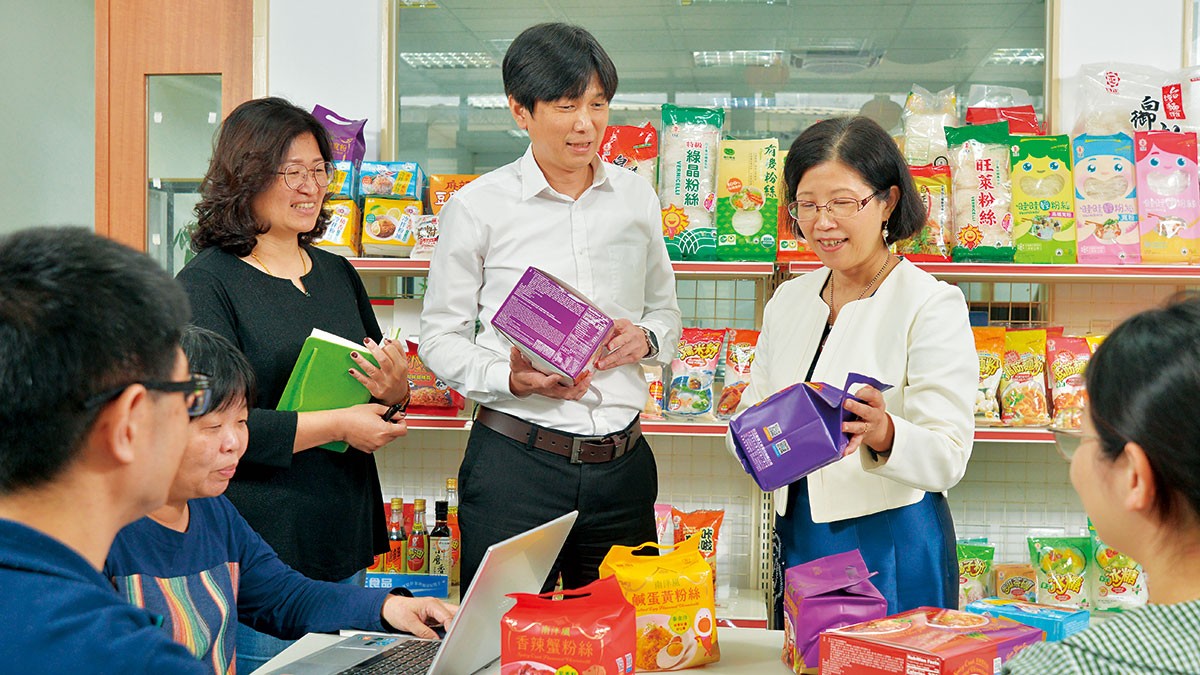Sunright Foods Co., Ltd., founded in 1975 by Liu Ching-tang, initially began with a focus on salad oil and introduced the concept of small packaged foods from Japan to Taiwan. Today, Sunright Foods has become a leading brand in Taiwan for small packaged grains and food powders, offering up to 10 series and over 400 products, and distributing through more than 5,000 outlets nationwide. In addition to its own brands "Sunright" and "Green Farm," the company also provides OEM services for large retail chains, restaurant chains, and food processing factories.
The company has long faced the issue of decreased competitiveness due to high quotations for OEM orders. Through the implementation of internal financial controls and internal audit management, it was found that the root of the problem was the inability to reasonably allocate indirect costs, leading to distorted product costs.
To address this, the company implemented a "time-tracking system" to collect actual work hours. Employees were required to fill in their work hours and tasks, such as "9:00 to 12:00 meeting Client A" and "13:30 to 15:00 writing a quotation." This detailed data helped address the issue of cost misallocation.
The need for detailed tracking may seem excessive, but as Wu Anni explained, "This helps identify unproductive time." With labor costs clearly allocated to various projects, department managers can assess the reasonableness of the relationship between employee hours and tasks, which helps in improving workflow and enhancing work efficiency. Questions such as "Where is the salesperson? How much time is spent serving a client? How much time does a driver spend traveling from Company A to Company B?"—which had previously puzzled Li Caihui—are now clearly visible in the system analysis.
For instance, the time-tracking system revealed that an accountant spent five hours daily on voucher processing and that a driver delayed returning to the company after deliveries, leading to additional costs that the previous accounting system could not display. This information helps management understand the impact of employee actions on company costs.
After overcoming the initial resistance, including concerns like "Is tracking my time just surveillance?" and "I am too busy to fill in time sheets," Li Caihui mandated that everyone, including herself, had to record their work hours. She also worked to communicate the significance of the time-tracking system to employees, gradually reducing their apprehension and improving the accuracy of the system.
The benefits became evident. For example, after the time-tracking system was fully implemented in the sales department, it saved 6% of time that could be used for new business development. Sales managers analyzed the time records to categorize clients into three levels, encouraging sales personnel to focus more on A-level clients to increase performance, reduce time spent on B and C-level clients, and invest in developing new clients.
Original source: "Using AVM for Effective Management" - Author: Wu Anni


